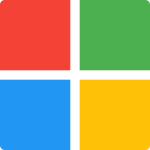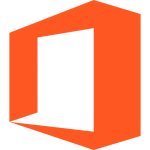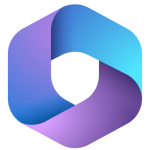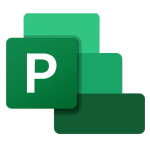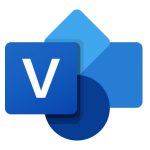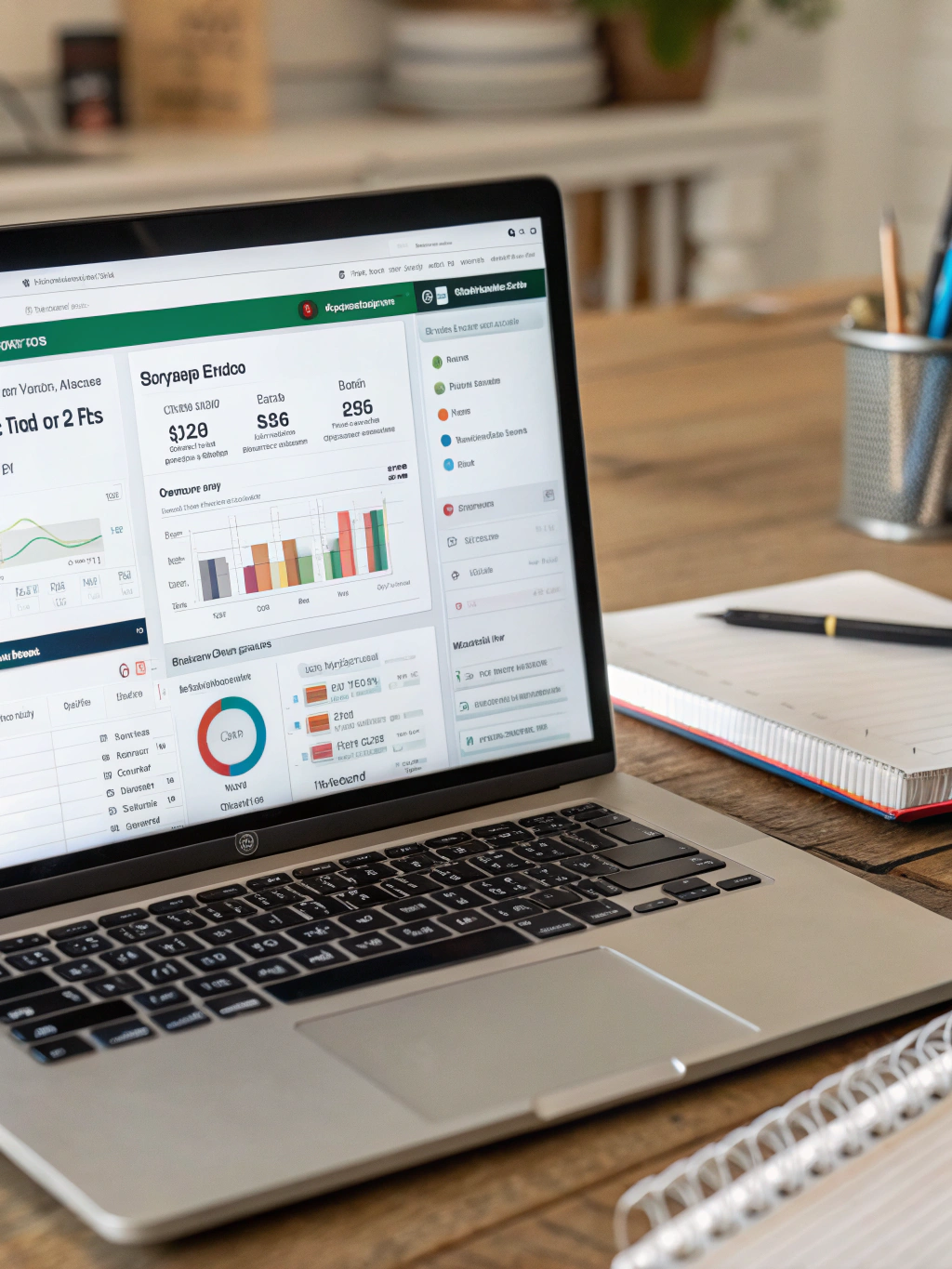Alternative to QuickBooks Desktop: 7 Best Tools to Try Now
When it comes to small business accounting software, QuickBooks Desktop has long been a go-to solution for its robust features and user-friendly interface. Yet, let’s face it—what works for one business might be a headache for another, especially if you’re battling costly upgrades, clunky setup processes, or a learning curve that steals hours from your schedule.
Is QuickBooks Desktop still the best option for your bookkeeping needs?
If you’re looking for an affordable, intuitive alternative to QuickBooks Desktop, you’re not alone. Over 600,000 small businesses have transitioned to cloud-based or more streamlined accounting platforms in the last 3 years alone (Source: Forrester).
In this guide, we’ll explore 7 reliable alternatives to QuickBooks Desktop—each tailored for different business needs. But first, let’s take a close look at why so many companies are choosing to move on.
Key Features of QuickBooks Desktop
Before we dive into alternatives, it’s essential to understand what QuickBooks Desktop offers. Its traditional desktop setup makes it a favorite for small-to-midsize businesses. Here are the core features that keep it relevant:
- Batch Invoicing: Save time by creating multiple invoices at once with custom templates.
- Job Costing: Ideal for contractors and service-based businesses with customizable project tracking.
- Inventory Tracking: Manage stock levels, automate reorder points, and track expenses at the item level.
- User Permissions: Assign roles and permissions to ensure team members only access relevant data.
- Fixed Asset Management: Track depreciation and equipment lifecycle with detailed reporting.
Despite these strengths, many users cite complex setup, annual subscription costs, and lack of mobile access as major pain points.
Installation & Setup Time
QuickBooks Desktop setup is often the first hurdle for new users. According to Intuit, it takes an average of 15–30 minutes to install and configure on Windows-based systems (macOS compatibility is limited). Here’s what you can expect:
- System Requirements: 1GB RAM (4GB recommended), 15GB free disk space, and Windows 10/11.
- One-Time Installation: Unlike cloud software, you download and install locally. No internet? No problem.
- Setup Time vs. Online Version: Rival systems like FreshBooks or Xero can be live in under 2 minutes, but QuickBooks Desktop’s desktop model ensures full offline access.
Pro Tip: Always back up your file before migrating or performing major data imports.
Step-by-Step Setup Guide
Step 1: Choose the Right Edition for Your Business
QuickBooks offers three main editions: **Pro**, **Premier**, and **Enterprise**. Pro is ideal for basic accounting (under 50 transactions/month). Premier includes industry-specific features (e.g., non-profit or construction), while Enterprise is for advanced reporting and multi-user access (10+ users).
Step 2: Download and Install the Software
Visit the official QuickBooks Desktop portal or third-party retailers like [CDKeyPC](https://cdkeypc.com/) for a one-time purchase.
Step 3: Create Your Company File
Launch the software and select “Create Company File.” Choose a template or start from scratch.
Step 4: Set Up Accounts and Users
Define bank accounts, income/expense categories, and assign user roles (e.g., standard vs. administrator).
Step 5: Import Data or Connect to Bank Accounts
Use the “File Import” tool for QIF/QBW files, or link to your bank via Intuit’s Direct Connect.
Pricing & Editions
| Edition | Price (Per Year) | Ideal For |
|---|---|---|
| QuickBooks Pro | $420+ | 1–10 users, basic accounting |
| QuickBooks Premier | $500–$600 | Industry verticals (50+ tm) |
| QuickBooks Enterprise | $2,400+ | 10+ users, advanced reporting |
Cost-Saving Tips: Consider purchasing a lifetime license key from verified resellers like CDKeyPC. This avoids recurring subscription charges and keeps your cost fixed.
Best Use Cases for QuickBooks Desktop
- Construction and Service Companies: Job costing and multi-project tracking are unmatched.
- Manufacturers and Retailers: Inventory and item tracking with fixed asset depreciation.
- Nonprofits: Custom reporting for grants and donations.
However, QuickBooks Desktop shines when you need deep local reporting, offline access, or tight control over user permissions. For mobile-first businesses or those needing real-time collaboration, cloud-based options like Xero or FreshBooks may be better.
How to Maximize QuickBooks Desktop
Even if you stick with QuickBooks Desktop, optimizing your workflow can save hours:
- Use Bank Rules: Automate deposits and categorizations with custom rules.
- Memorize Frequent Transactions: Save recurring invoices, bills, or sales orders.
- Leverage Third-Parties: Integrations like Bulkem (batch invoicing) or QuickBooks App Store tools add value.
For example, users of the QuickBooks App Store’s “Email to PDF” plugin reported a 30% time savings in email receipt tracking.
Common Mistakes to Avoid
- Skipping Daily Backups: Data file corruption from power outages is a real risk.
- Ignoring Chart of Accounts Cleanliness: Merging duplicate accounts simplifies reports.
- Failing to Archive Goals: Overloading active goals clutters the dashboard.
Quick Fix: Schedule automatic backups using QuickBooks File Doctor or cloud services like ASmallOrange.
Backup, Data Security & File Management
- Local Backup: Ideal for on-premise security, but prone to physical loss.
- Cloud Backup: Services like Dropbox or Google Drive ensure data redundancy.
- Encryption: Use Intuit’s “Encrypt File” feature or third-party tools for AES 256-bit protection.
Real-world case study: A local bakery lost a $30,000 invoice due to a corrupted data file until they adopted QuickBooks Hosting for 24/7 cloud backups.
Support & Resources
- Intuit ProAdvisor Community: A private forum for certified bookkeepers.
- QuickBooks Tutorials: Free on-demand guides for setup, reconciliation, and reports.
- YouTube Channels: “QBTraining” covers everything from tax prep to custom reports.
For EU users, QuickBooks EU, a version compliant with GDPR, includes advanced e-invoicing templates.
Conclusion
While QuickBooks Desktop remains a powerhouse for businesses needing detailed, deep local accounting capabilities, it’s not one-size-fits-all. If you’re looking for an affordable, intuitive alternative to QuickBooks Desktop, consider no-contract options, cloud-first platforms, or open-source tools like GnuCash.
Still, for contractors, manufacturers, and SaaS providers who can’t live without on-premise control, QuickBooks Desktop may be the only viable choice.
Ready to test-drive your best fit? Download a 30-day trial today.
FAQs
Q: Are there no-subscription versions of QuickBooks Desktop available?
A: Yes! You can purchase a one-time license key via trusted resellers like CDKeyPC.
Q: How secure is QuickBooks Desktop for managing sensitive financial data?
A: With local encryption and cloud backups, it’s one of the most secure accounting tools available. Still, avoid storing unencrypted data on shared drives or public Wi-Fi.
Q: Can I use QuickBooks Desktop with Apple Silicon Macs?
A: No. While Mac users can run it through virtualization (e.g., Parallels), native support is limited to Windows.
Q: Is there a mobile app?
A: Only for account logins without full functionality. Consider cloud-based alternatives for remote bookkeeping.
Q: What are the top alternatives to QuickBooks Desktop in 2025?
A:
- Xero: Cloud-first with real-time reporting (ideal for SaaS and solopreneurs).
- Wave: Free option with pay-as-you-go add-ons (great for freelancers).
- FreshBooks: Simple invoicing with mobile app focus.
Ready to upgrade your accounting strategy?
Whether you choose QuickBooks Desktop or switch to a modern alternative, the right tool can save you hours and reduce errors.
Still hesitant to move? Explore your options at quickbooks desktop site for trusted support and discounted one-time licenses.
Check out our QuickBooks Desktop install guide for step-by-step assistance. Your future in accounting is just a file away!
